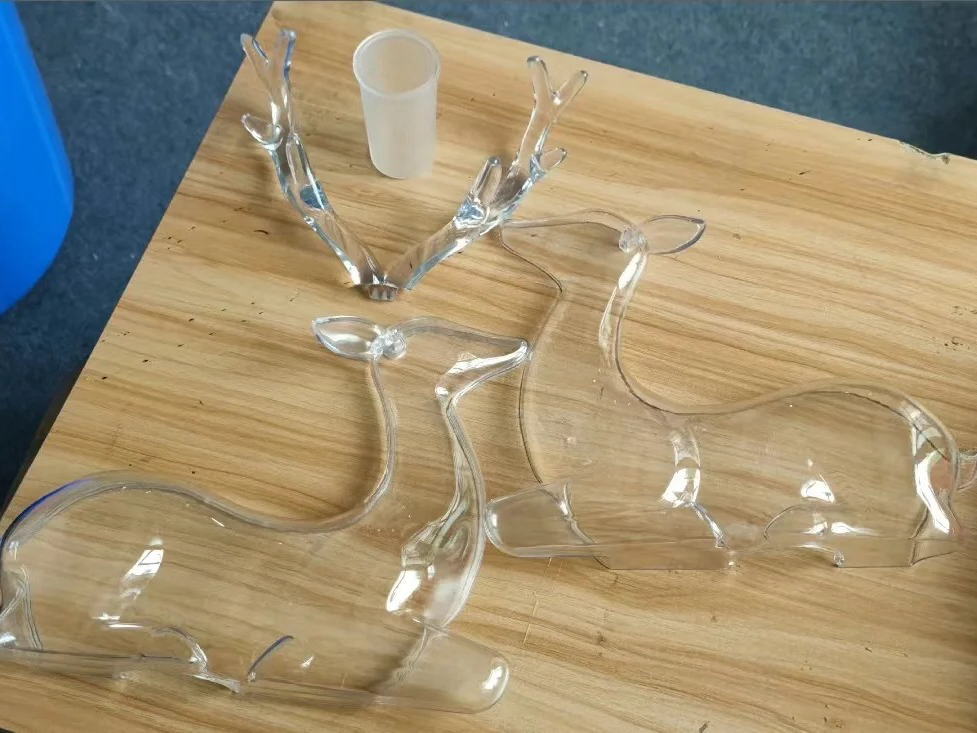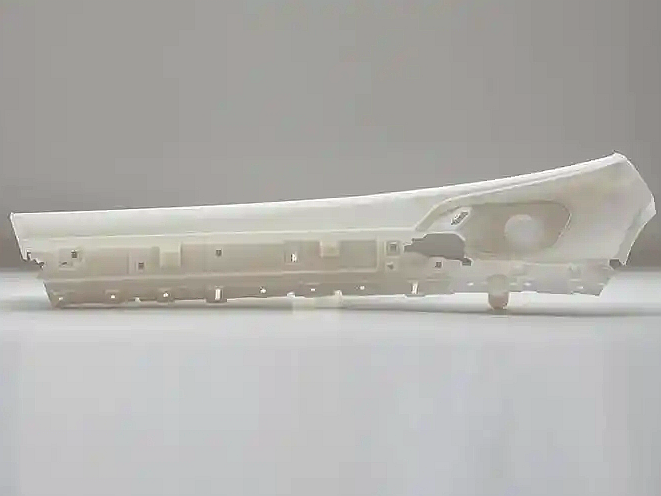High-Temperature Resins
Introduction to High-Temperature Resins for 3D Printing
High-temperature resins are engineering-grade photopolymers designed to withstand elevated thermal loads, maintain dimensional accuracy, and deliver stiffness under prolonged heat exposure. They are used in applications such as mold tooling, automotive engine components, electronic housings, and fluid-contact systems requiring temperature resistance above 120°C.
Stereolithography (SLA) and Digital Light Processing (DLP) are the preferred printing processes, offering ±0.05 mm accuracy and surface quality suitable for high-precision thermal or mechanical assemblies.
International Equivalent Grades of High-Temperature Resin
Grade Type | Resin Code | Application Examples |
|---|---|---|
High Temp Resin | HTM140 | Mold inserts, hot fluid manifolds |
Ultra High Temp Resin | HT200 | Thermal fixtures, under-hood components |
ISO Standard | ISO 75-1 | HDT measurement |
ASTM Standard | D648 | Heat deflection testing |
Comprehensive Properties of High-Temperature Resins
Property Category | Property | Value |
|---|---|---|
Physical | Density | 1.10–1.15 g/cm³ |
UV Cure Wavelength | 405 nm | |
Mechanical | Tensile Strength | 60–70 MPa |
Elastic Modulus | 2,800–3,300 MPa | |
Elongation at Break | 2–4% | |
Thermal | Heat Deflection Temperature (HDT) | 120–238°C (post-cured) |
Glass Transition Temperature | ~220°C |
Suitable 3D Printing Processes for High-Temperature Resins
Process | Typical Density Achieved | Surface Roughness (Ra) | Dimensional Accuracy | Application Highlights |
|---|---|---|---|---|
≥99% | 4–6 µm | ±0.05 mm | Ideal for heat-resistant molds, electronic housings, and functional thermal parts | |
≥99% | 4–8 µm | ±0.05 mm | Suitable for small high-temp parts with precise surface definition and durability |
Selection Criteria for High-Temperature Resin 3D Printing
Thermal Stability: Post-cured resins can achieve HDT values up to 238°C, suitable for injection molding tools and functional thermal components.
Mechanical Integrity: These resins offer stiffness and dimensional control even at elevated temperatures, making them ideal for fixtures and housings in thermal zones.
Post-Cure Performance: Final mechanical and thermal properties depend on proper post-curing—high-temp ovens and UV light systems are required.
Application Suitability: Designed for low- to medium-load thermal applications, not suitable for impact-prone or dynamic mechanical parts.
Essential Post-Processing Methods for High-Temperature Resin Parts
UV and Thermal Post-Curing: Cure at 405 nm + bake at 160–200°C to reach peak thermal resistance and dimensional stability.
IPA Cleaning and Support Removal: Rinse uncured resin with IPA, then carefully detach supports to preserve crisp features.
Machining & Drilling: Perform after full cure to finalize holes or interfaces with ±0.02 mm tolerance.
Thermal Stress Relief: Optional annealing may reduce internal stress and warping risk in larger structural parts.
Challenges and Solutions in High-Temperature Resin 3D Printing
Brittleness at Thin Walls: Avoid sharp corners and design with radii to reduce cracking risk under thermal cycling.
Post-Cure Accuracy Drift: Print slightly undersized; anticipate small expansion or distortion during thermal curing.
Limited Ductility: These resins are stiff and heat-tolerant, not intended for dynamic loading or flexural parts—use Tough Resin where needed.
Applications and Industry Case Studies
High-temperature resin is widely used in:
Aerospace & Automotive: Under-hood brackets, ducting, electronics mounts, and thermal shields.
Tooling & Manufacturing: Short-run mold tooling, jigs, drill guides, and thermoforming molds.
Electronics: High-temp insulators, casings, and structural supports.
Fluid & HVAC Systems: Hot fluid manifolds, pipe fittings, and fluid-contact structural prototypes.
Case Study: A tooling manufacturer printed mold inserts with HTM140 resin and post-cured them to 200°C. The parts supported 100+ injection molding cycles with tolerances within ±0.05 mm and no structural failure.
Frequently Asked Questions (FAQs)
What is the maximum temperature high-temp resins can withstand after curing?
Can high-temperature resin be used for short-run mold tooling applications?
What curing steps are required to achieve thermal resistance in these resins?
Are high-temperature resins suitable for fluid-contact or under-the-hood components?
How accurate and repeatable are prints made with high-temperature resins?



